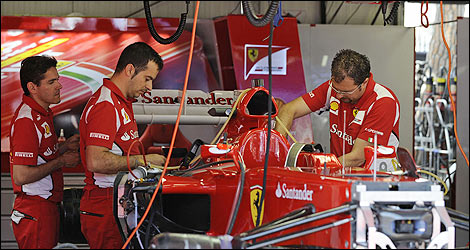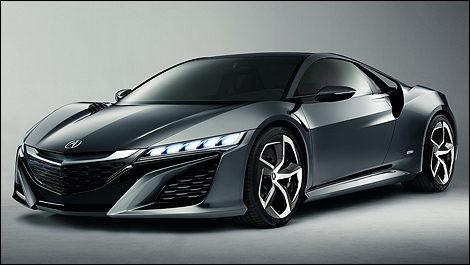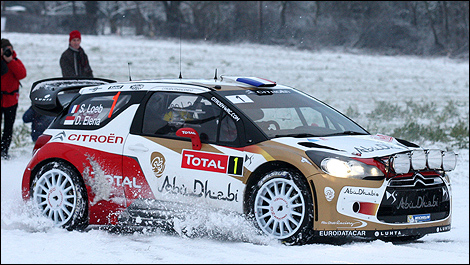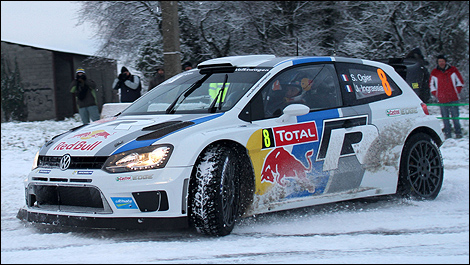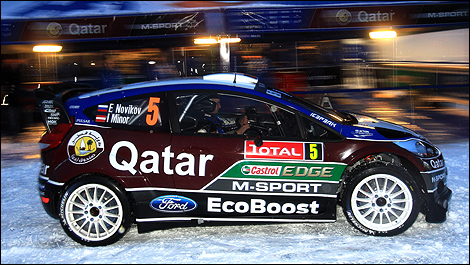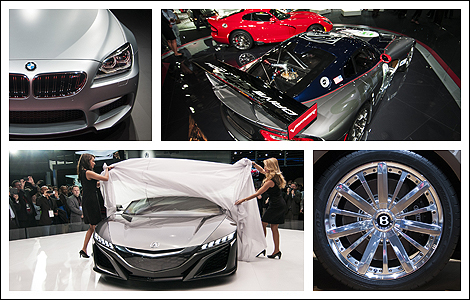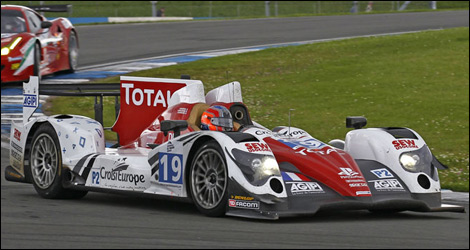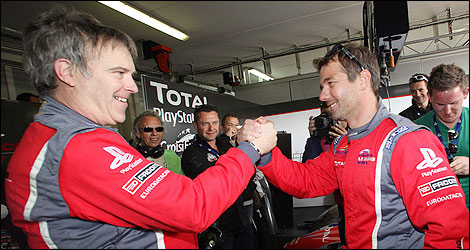In the late '70s, the diminutive, chain-smoking, former Ferrari driver, Arturo Merzario founded his own Formula 1 team and ran his own F1 car on a shoestring budget.
Merzario drove for Ferrari, Williams and March in F1. In 1976, he became “famous” when he jumped into the flames to save Niki Lauda from his burning Ferrari at the Nurburgring.
At the end of that season, Merzario found himself without a car to drive. He bought a customer March chassis, a Ford Cosworth engine, a Hewland gearbox and Goodyear tires, and went racing. The 1977 season was a disaster, as the March was mechanically quite unreliable -- and slow.
At Monza, Arturo announced that he was going to race his own F1 car the following season, to be designed by Giorgio Piola.
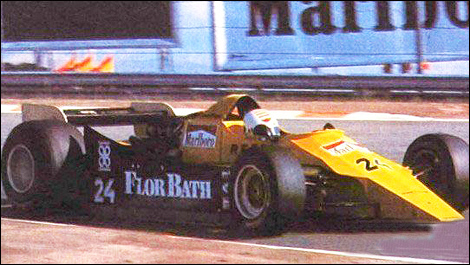 |
| Merzario F1 car. (Photo: Archives Auto123.com) |
The resulting Cosworth-powered Merzario A1 probaly used ideas and perhaps parts from his vintage March. Despite an impressive start to the season, the rest of the year quickly degenerated into a string of retirements and failures to qualify. Indeed, the team would only finish a race once in 1978, and even then the Merzario was too far behind to be classified.
The following year, Arturo Merzario entered a “new” car based on the same chassis, only this time it was fitted with new bodywork and sidepods designed to create downforce through ground effects.
However, the Merzario A3/01 was overweight and did not handle well at all.
After the 1979 Grand Prix of Belgium, another microscopic team, Kauhsen, folded. Merzario decided to take over the remnants of the outfit, if for nothing else than as a source for spare parts. Plus, he also acquired (temporarily) the services of Kauhsen's driver, Gianfranco Brancatelli, and was able to put him in the A3 for Monaco.
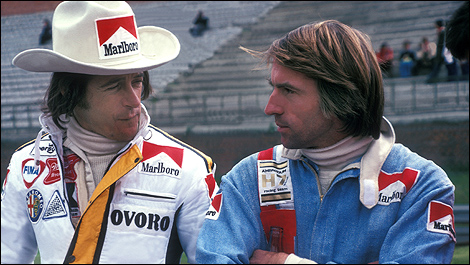 |
| Arturo Merzario and Jacques Laffite. (Photo: WRI2) |
Abandoning plans to build a second A3, Merzario instead converted and modified the Kauhsen WK004 with the aid of Gianpaolo Dallara and turned it into the ground effects Merzario A4/03. The car featured better aerodynamics, a central fuel cell, lever-arm operated front and rear suspension, brakes within the wheels, and highly inclined radiators.
However, it was no faster. In Germany, Merzario was almost six seconds slower than his nearest rival, Patrick Gaillard's Ensign, and over 13 seconds off pole. Austria saw him remain 11 seconds off the best; and at the Dutch GP, where he was within a second of the man ahead, he was still 2.3s away from the starting grid.
The 1979 season, though, rounded off in much the same way as it had started with the A4 slowest of all at both Montreal and Watkins Glen. That was it for Arturo's effort in Formula 1.
 The latest auto news, reviews, prices, product and vehicle releases.
The latest auto news, reviews, prices, product and vehicle releases. 
